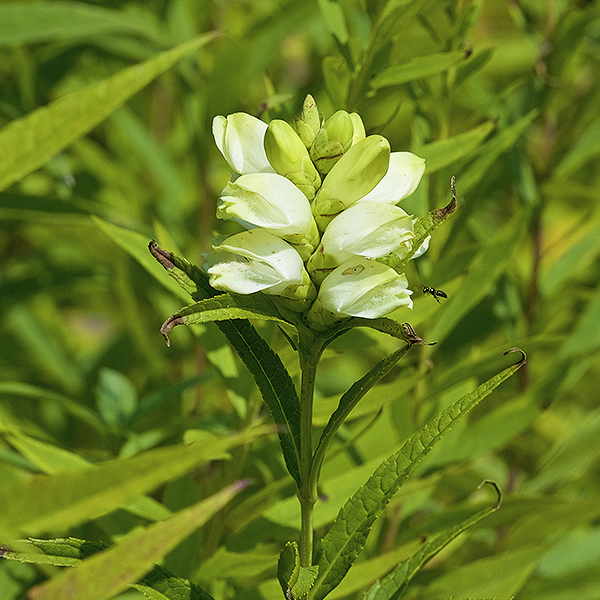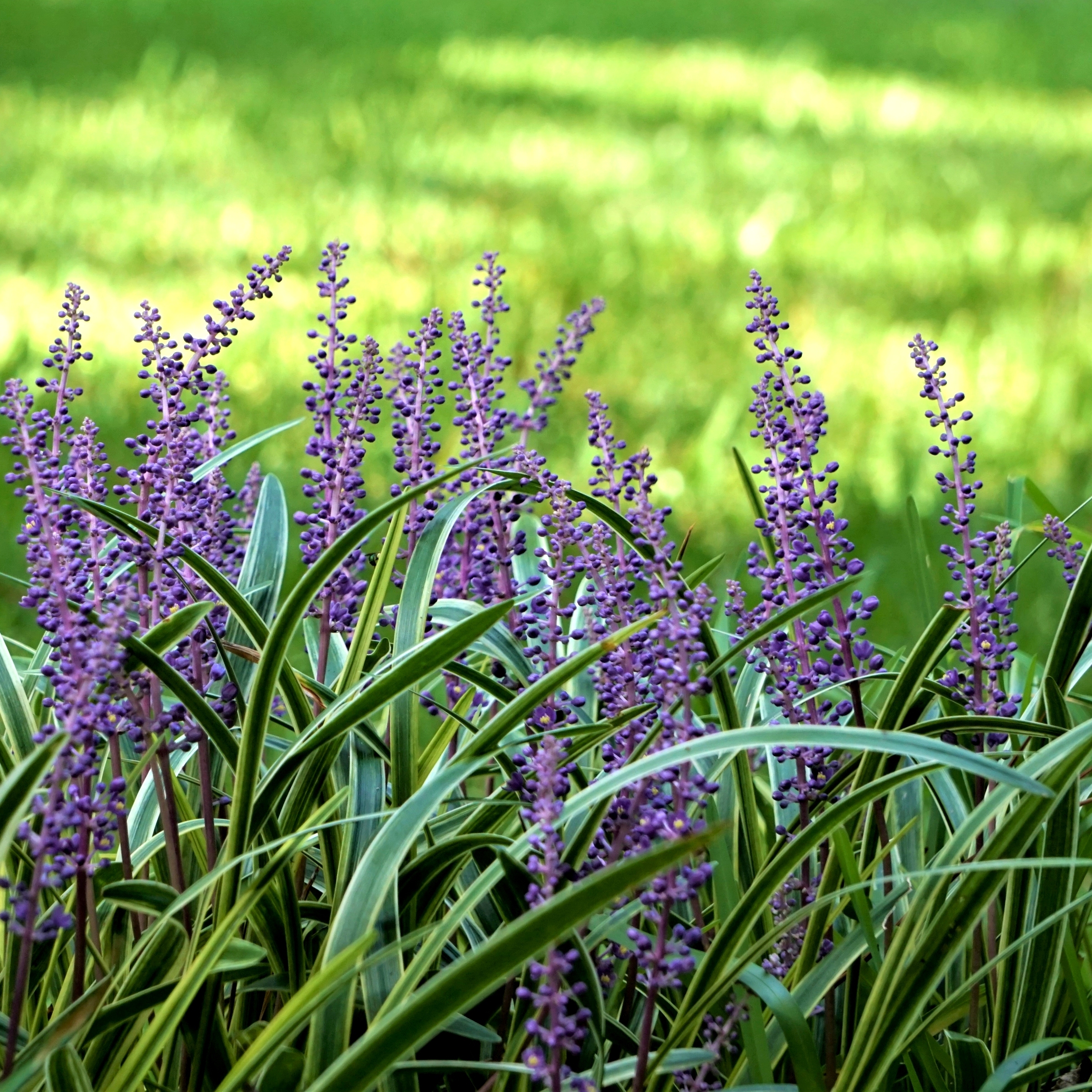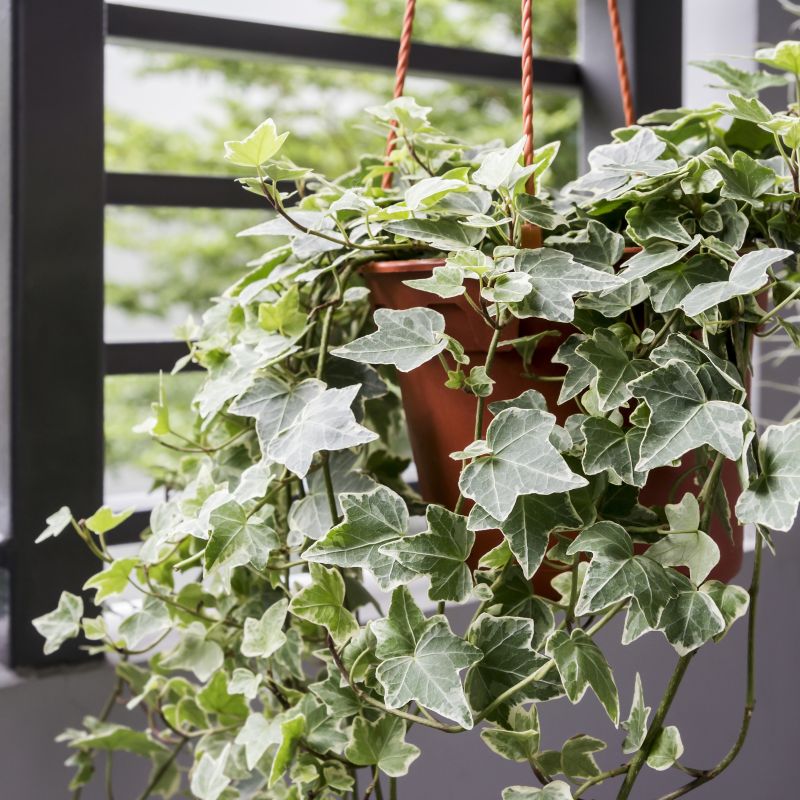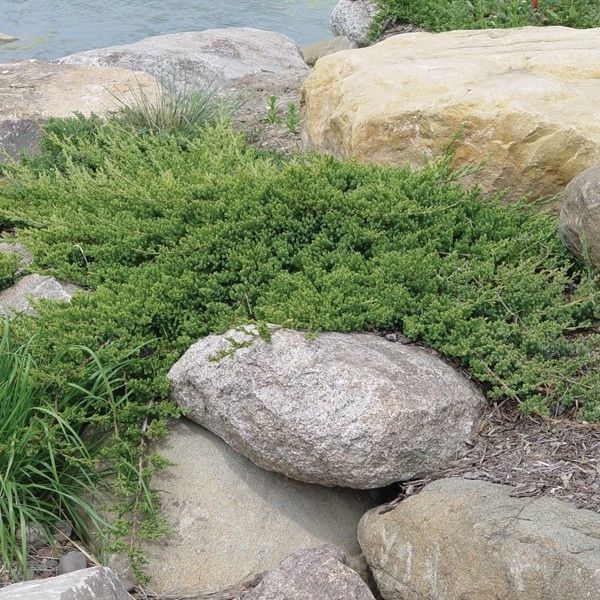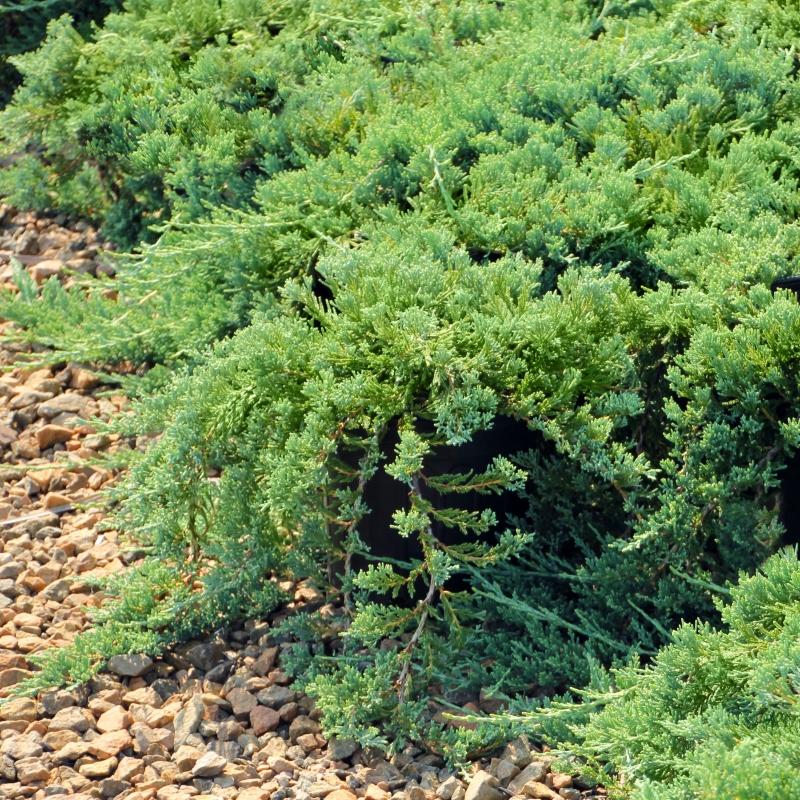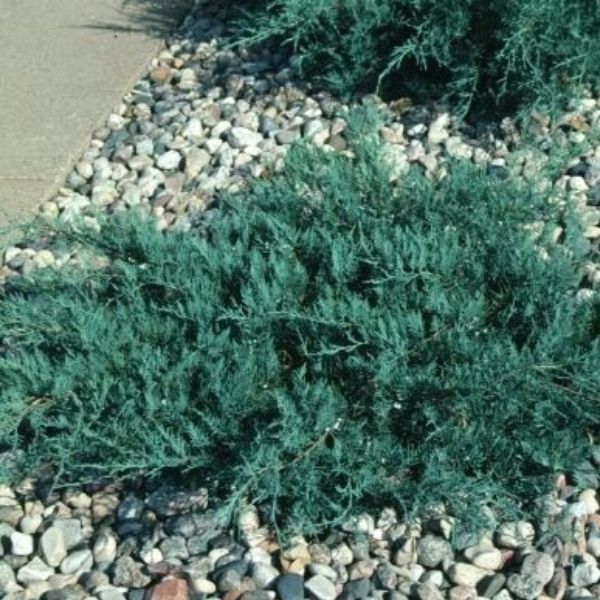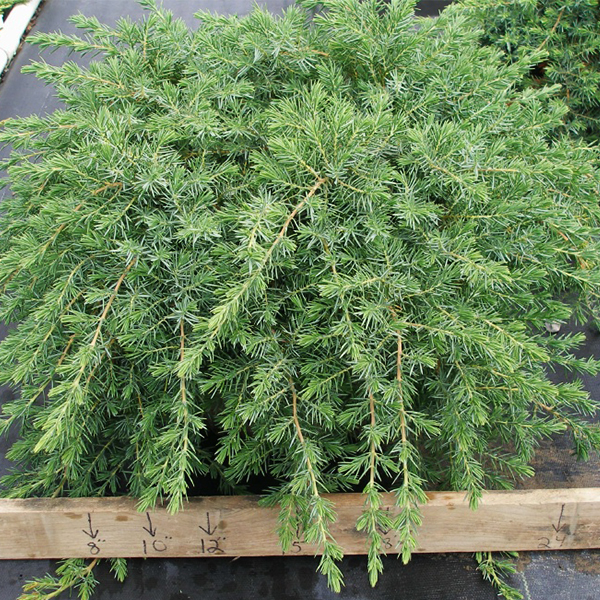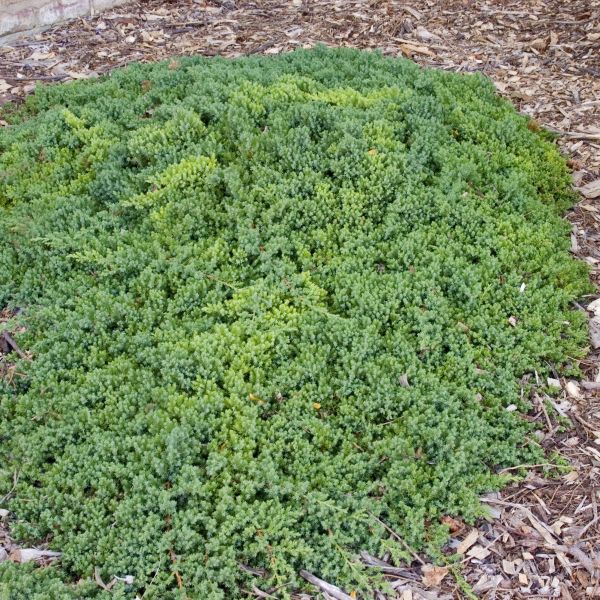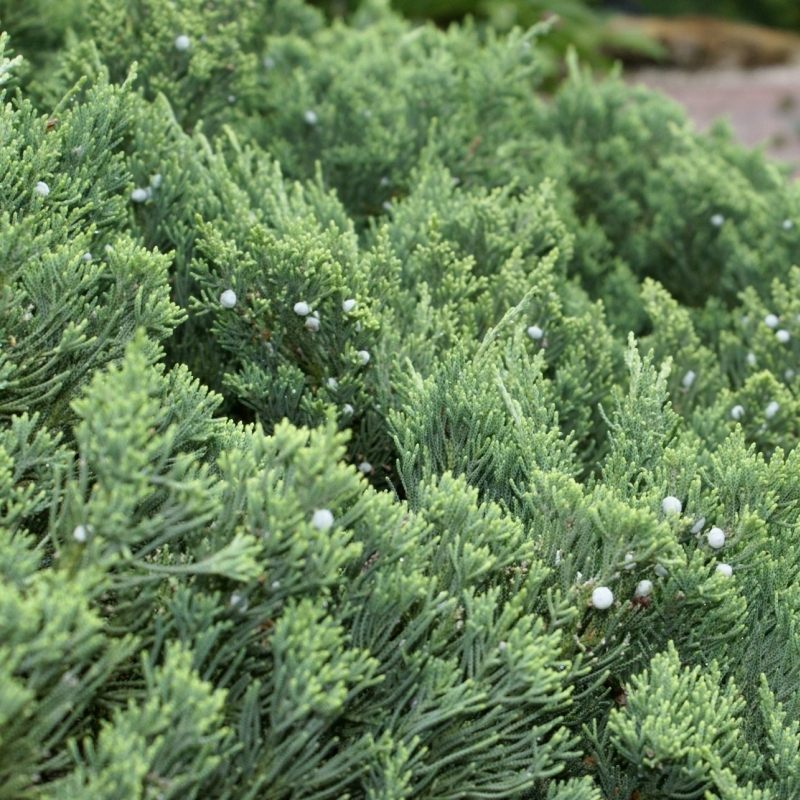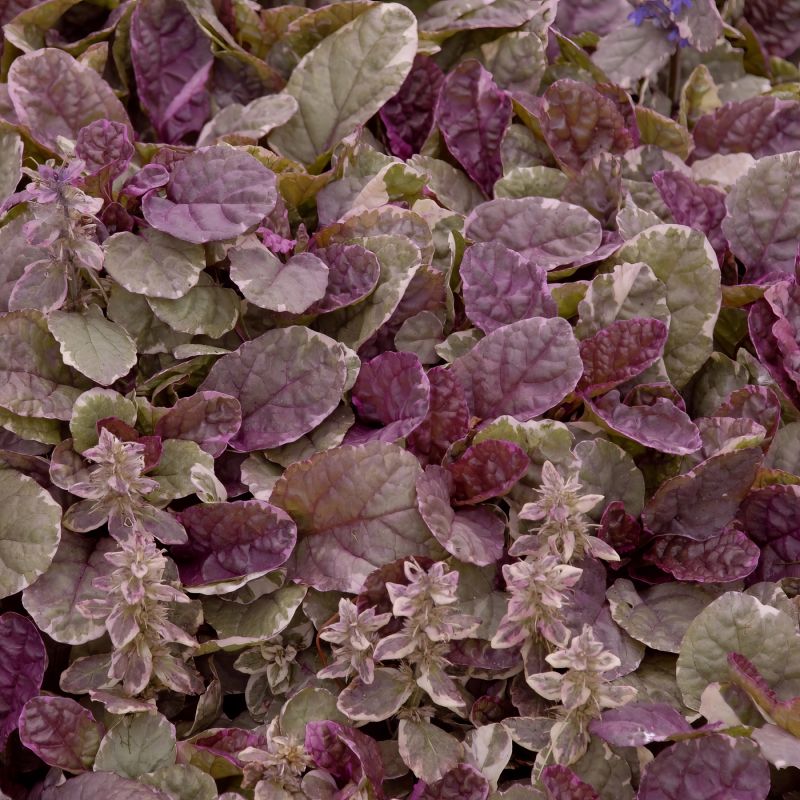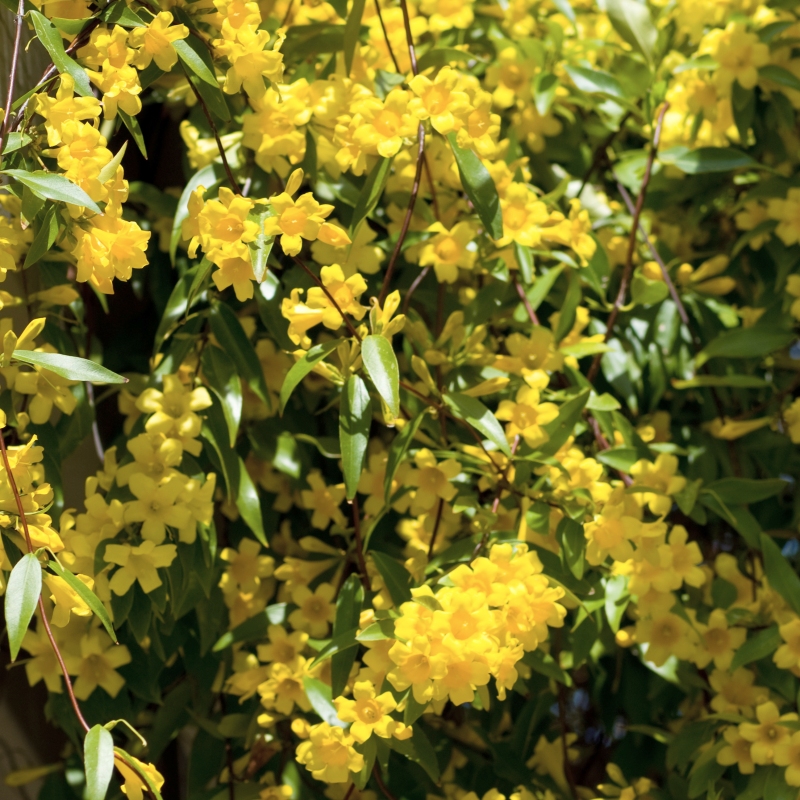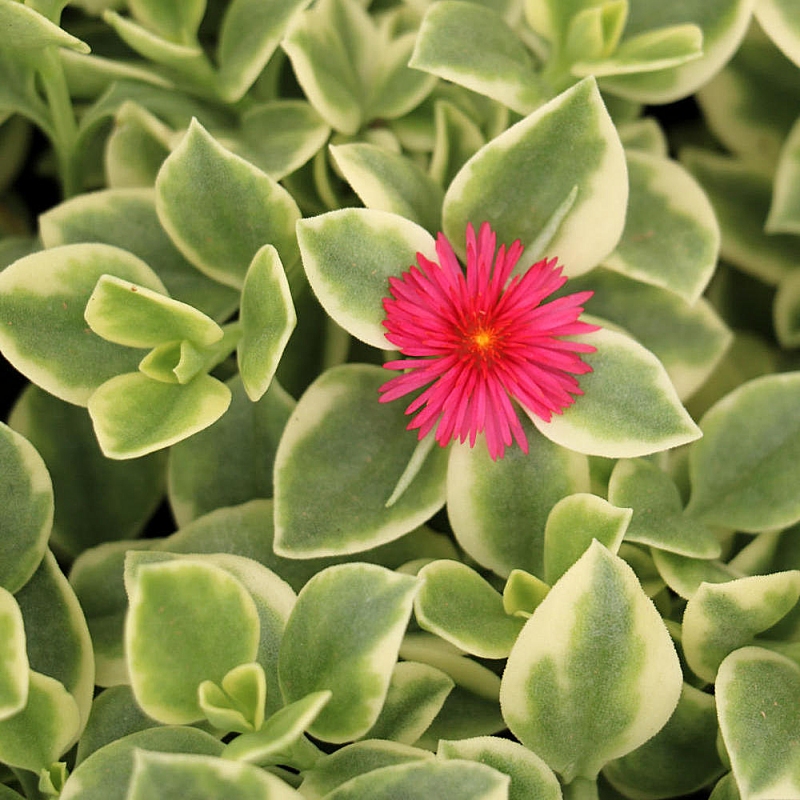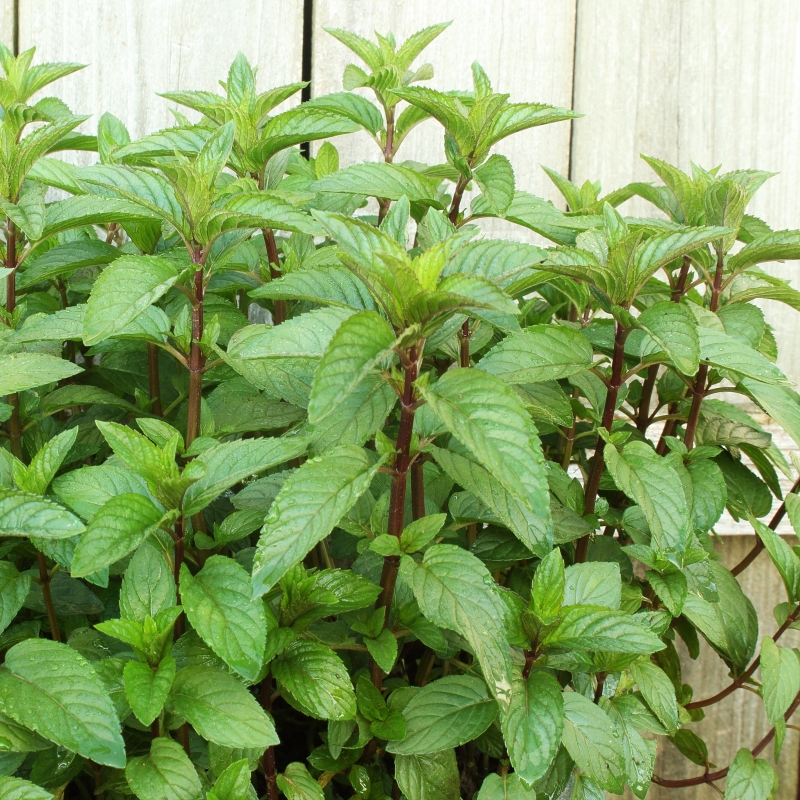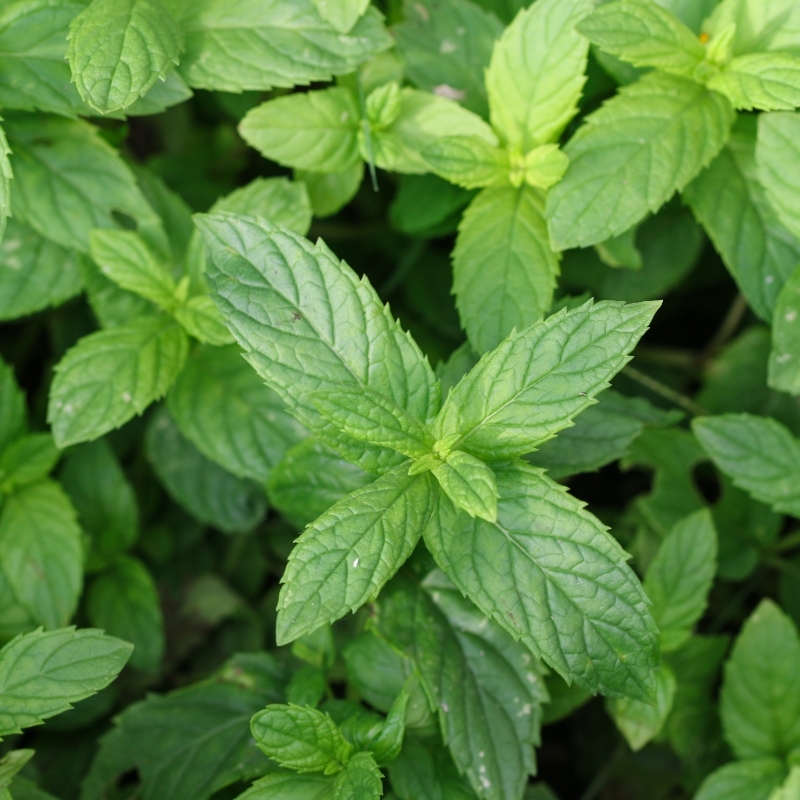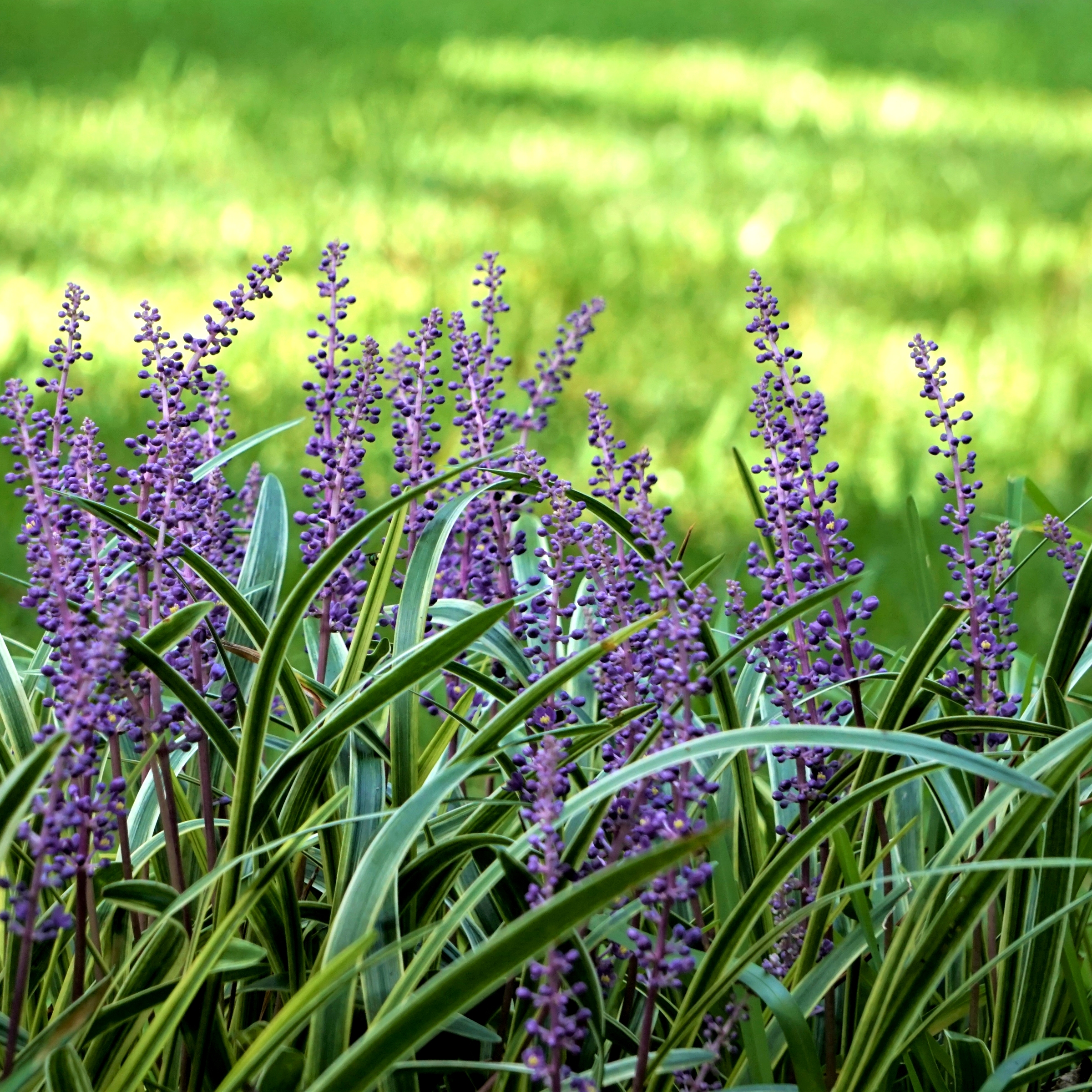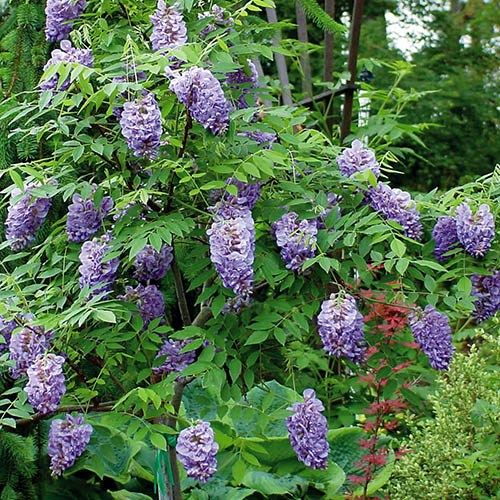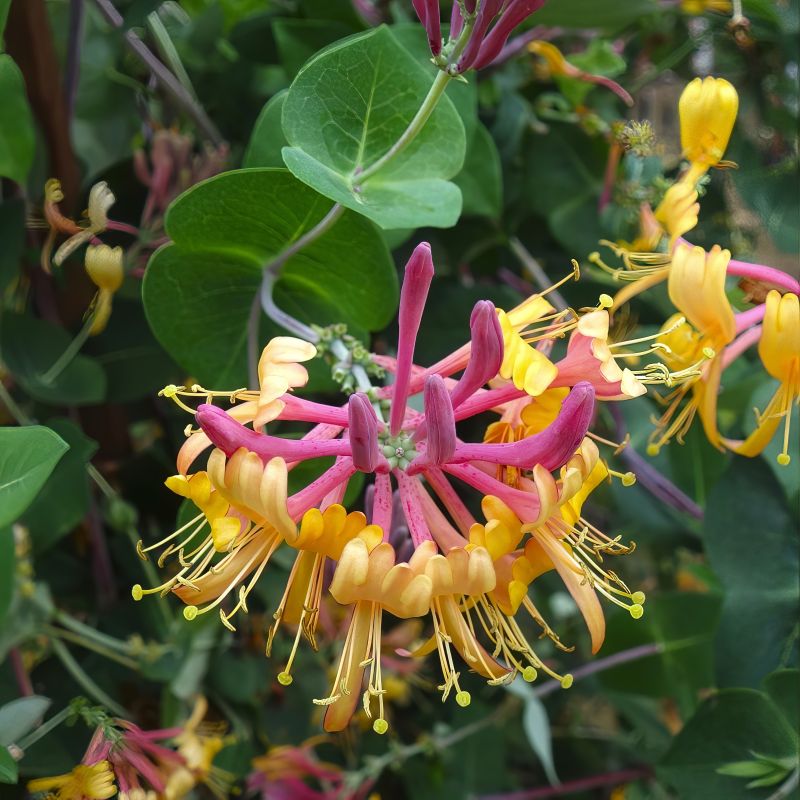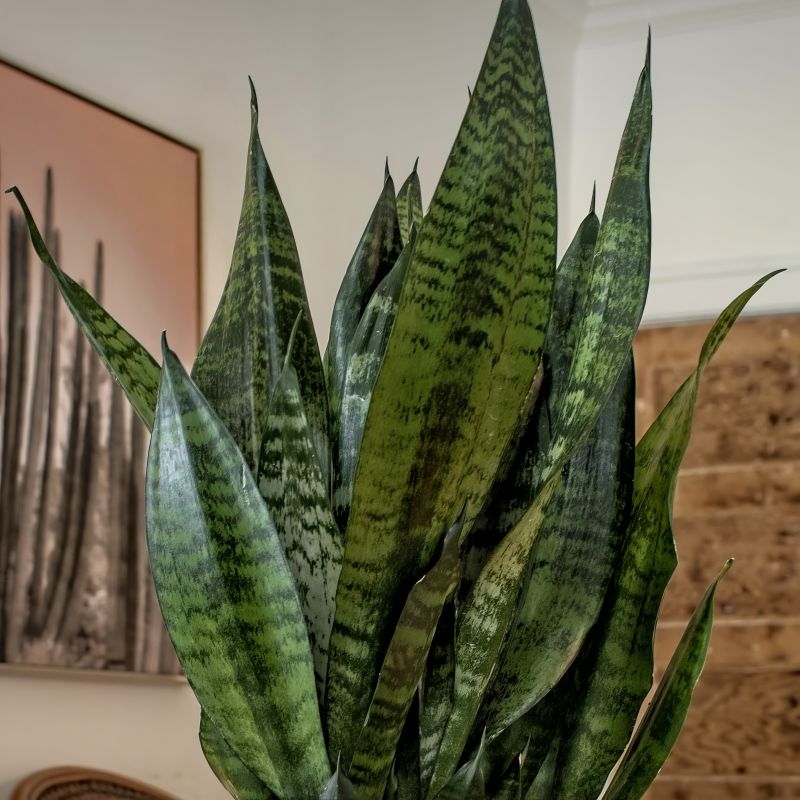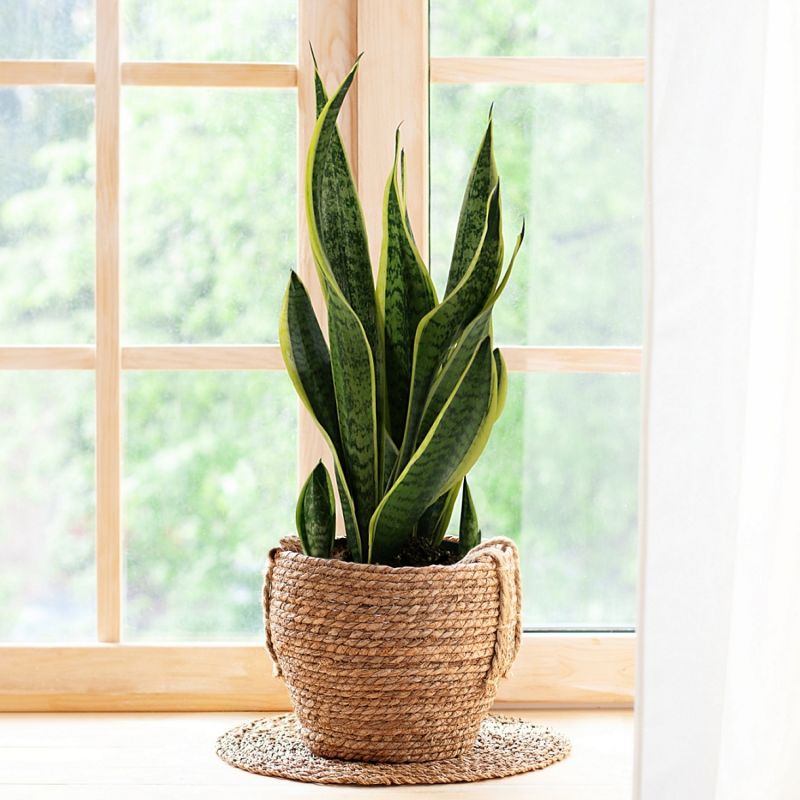

White Turtlehead
Chelone glabra
16 reviews


White Turtlehead
Chelone glabra
16 reviews
- Attracts butterflies and hummingbirds
- Tolerates wet soil conditions
- Blooms in late summer when many other perennials are finished flowering
- Ships to 43215 in 7-10 Days
- Free Shipping Over $150
- Plant Arrival Guarantee
- In Stock
- Free Plant Consult
$200
$44.00
$63.00
30% Off
1 Gallon
We are sorry, product is currently out of stock due to seasonal availability. Please check the "Related plants available in your area" section below
Why White Turtlehead?
White Turtlehead (Chelone glabra) is a native perennial wildflower that produces striking, white snapdragon-like flowers. It thrives in wetland environments, but can also tolerate average garden conditions. The plant is named for its resemblance to a turtle's head and is also known as "Turtleneck" and "Snakehead." The flowers bloom in late summer and can provide nectar for butterflies and bees. Despite its hardy nature, the plant is threatened by habitat loss and needs protection to ensu
Related plants available in your area
Sunlight
White Turtlehead (Chelone glabra) requires full to partial sunlight. It prefers to grow in moist to wet soil, making it suitable for gardens near ponds, streams, or wetlands. It can tolerate some shade but generally performs best in areas with adequate sun
Watering
White Turtlehead (Chelone glabra) requires consistently moist soil to thrive. It prefers to grow in wet to moist conditions and benefits from regular watering to keep the soil consistently damp.
Fertilizing
White Turtlehead (Chelone glabra) generally requires a moderate amount of fertilizer. It benefits from a slow-release, balanced fertilizer applied in early spring when new growth appears. Avoid excessive fertilization, as it may result in leggy growth and
Unleash the Beauty of Bog Gardens with White Turtlehead
Are you ready to transform your garden into a breathtaking oasis of elegance and beauty? Look no further than the White Turtlehead, a perennial plant that will captivate your senses and leave you in awe.
With its tall and majestic spikes of pure white flowers, the White Turtlehead is a showstopper that will make your garden the envy of all your neighbors. Imagine the gentle sway of these stunning blooms as they dance in the wind, creating a mesmerizing display of natural artistry.
But the White Turtlehead is more than just a visual delight. Its long blooming season ensures a continuous burst of white blossoms from late summer to fall, extending the beauty of your garden well beyond the regular growing season. And it’s not only you who will appreciate its charm - bees, butterflies, and other pollinators will flock to your garden, enjoying the abundant nectar provided by this magnificent plant.
Not only is the White Turtlehead a beauty to behold, but it is also incredibly easy to care for. It thrives in a variety of growing conditions, tolerating both moist and dry soils, as well as sun or shade. Whether you have a sunny spot in need of a centerpiece or a shaded area calling for a touch of brightness, the White Turtlehead will adapt and flourish.
Picture yourself sitting in your garden, surrounded by the soothing colors and fragrances of nature, all brought to life by the White Turtlehead. It invites you to relax and unwind, creating a tranquil haven right in your backyard.
Don't miss this opportunity to enhance your garden with the magical allure of the White Turtlehead. Order now and experience the joy and wonder this extraordinary perennial brings to your outdoor space. Your garden will never be the same again!
Experience the enchantment of the White Turtlehead. Order now and transform your garden!
Plant Information:
| Botanical Name: | Chelone glabra |
| USDA Zones: | 3-8 |
| Water: | Moderate to High |
| Exposure: | Full Sun |
| Soil Needs: | Well-Drained Adaptable |
| Mature Height: | 2 - 3 feet |
| Mature Spread: | 1 - 3 feet |



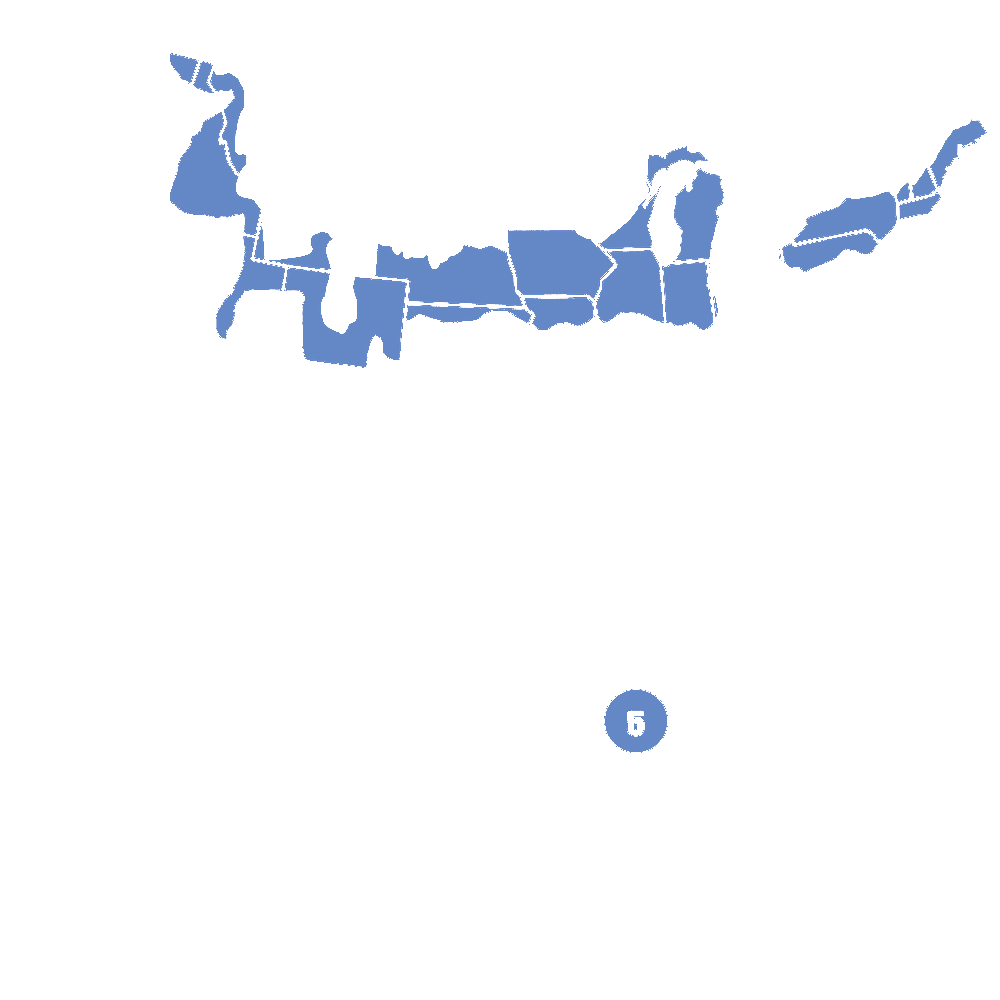
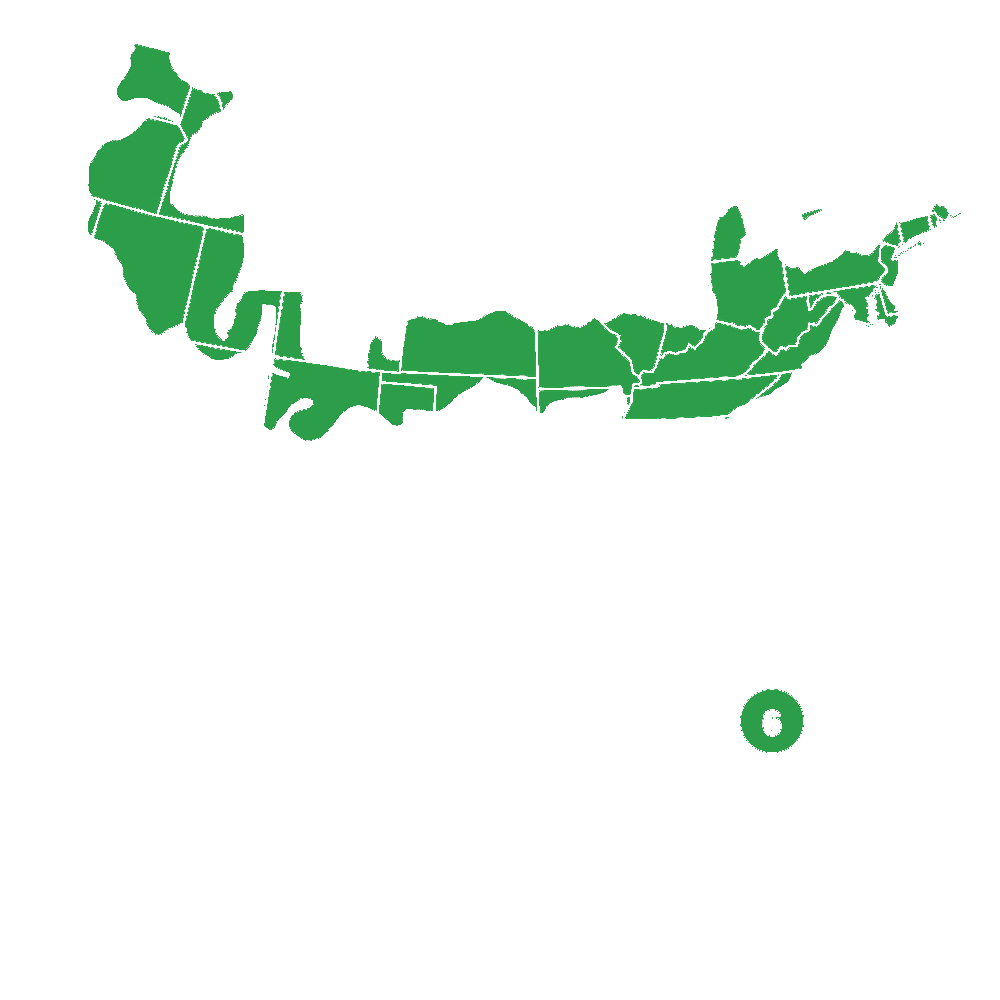

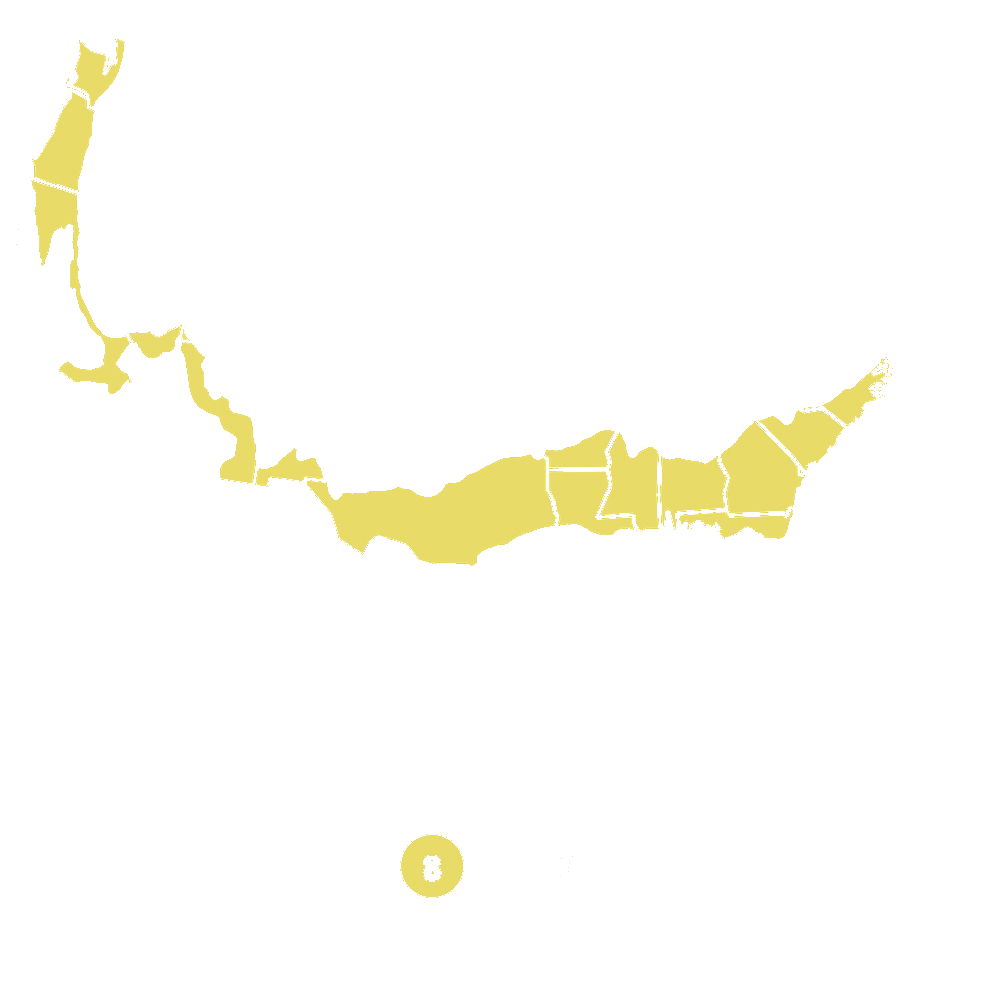
Pollination Info
White Turtlehead (Chelone glabra) Pollination Information
White turtlehead is a flowering plant native to eastern North America. It produces clusters of small, white, and two-lipped flowers that bloom from late summer to early fall. Pollination of white turtlehead is primarily done by bees, including bumblebees, honeybees, and sweat bees.
Pollination Mechanism
White turtlehead has a specialized pollination mechanism that ensures cross-pollination. The upper lip of its flower is arched and covers the stamens and style, while the lower lip is elongated and serves as a landing platform for pollinators. When a pollinator lands on the lower lip, it triggers the release of pollen from the stamens onto the insect's body. As the insect visits other flowers, the pollen is transferred to the stigma, leading to fertilization and seed production.
Pollinator Attraction
White turtlehead has several features that make it attractive to pollinators, including:
- Flower color: Bees are more attracted to blue and white flowers than any other color.
- Nectar reward: White turtlehead produces nectar that is a valuable source of energy for pollinators.
- Flower shape: The two-lipped shape of the flower provides a convenient landing platform for bees and other insects.
- Flower size: The flower clusters of white turtlehead are large enough to attract pollinators from a distance.
Importance of Pollination
Pollination is vital for the reproduction and survival of white turtlehead, as well as many other plant species. It helps ensure genetic diversity and promotes seed production, which is essential for continued growth and evolution of plant populations. Without pollinators, plants would have a much harder time producing fruit and seeds, and many important food crops would be lost.
FAQ
White Turtlehead (Chelone glabra) FAQ
What is a White Turtlehead?
White Turtlehead (Chelone glabra) is a native perennial herbaceous plant that is found in the eastern United States and southeastern Canada. It is also known as Snakehead, Shellflower, and Balmony.
What does White Turtlehead look like?
White Turtlehead has an upright growth habit and can reach heights of up to 3 feet. It has long, lance-shaped leaves that are a glossy dark green color and grow opposite each other along the stem. The plant produces stunning white, snapdragon-like flowers in late summer to early fall, clustered at the top of the stem.
Where does White Turtlehead grow?
White Turtlehead is native to moist habitats such as stream banks, wetlands, and swamps. It prefers full to partial sun and moist to wet soils.
When does White Turtlehead bloom?
White Turtlehead blooms from late summer to early fall, typically from August to September.
How do you grow White Turtlehead?
To grow White Turtlehead, plant it in well-drained soil that is kept consistently moist. It prefers full to partial sun and is a great choice for rain gardens or other moist areas in the garden. The plant spreads slowly by underground rhizomes, so make sure to give it enough room to grow. Avoid letting the soil dry out, as this can cause the plant to wilt. If your soil is particularly dry, try watering consistently to keep the soil moist.
How do you propagate White Turtlehead?
White Turtlehead can be propagated by division or seed. To propagate by division, divide the rhizomes in the spring just as new growth appears. To propagate by seed, collect seeds in the fall and sow in the spring after the last frost. Seedlings can take up to two years to bloom.
Are there any pests or diseases that affect White Turtlehead?
White Turtlehead is generally not affected by pests or diseases, but it can be susceptible to powdery mildew if grown in overly humid conditions or if the foliage stays wet for too long. To prevent powdery mildew, make sure the plants have good air circulation and avoid overhead watering.
Planting & Care
Planting White Turtlehead
White Turtlehead is a North American native plant that is easy to grow in average to moist soil. Follow these planting instructions:
- Choose a spot that receives partial shade to full sun.
- Dig a hole that is twice the size of the plant’s container.
- Remove the plant from the container and gently loosen the roots.
- Place the root ball in the hole and backfill with soil.
- Water thoroughly.
Caring for White Turtlehead
Follow these care instructions to ensure that your White Turtlehead plant thrives:
- Water regularly, especially during extended periods of drought.
- Mulch around the base of the plant to help retain moisture and control weeds.
- Pinch back the growing tips in early summer to encourage branching and more flowers.
- Deadhead spent flowers to encourage new blooms.
- Fertilize lightly in the spring with a balanced fertilizer.
- Divide the plant every 2-3 years in the spring to control its size and increase its vigor.
Pests and Diseases
White Turtlehead is mostly pest and disease-free. However, it can be susceptible to powdery mildew and root rot if the soil is too wet.
Check Out These Verified Customer Reviews:
Customer Reviews
4.6 out of 5 based on 16 reviews
Thank you! Your review has been submitted.
The White Turtlehead arrived in perfect condition. Very happy with my purchase.
The White Turtlehead I received was even more beautiful in person. The item was in perfect condition and of high quality. The website was easy to navigate, and the shipping was quick. Excellent customer service as well.
Beautiful white color
Item has been added to your cart.



